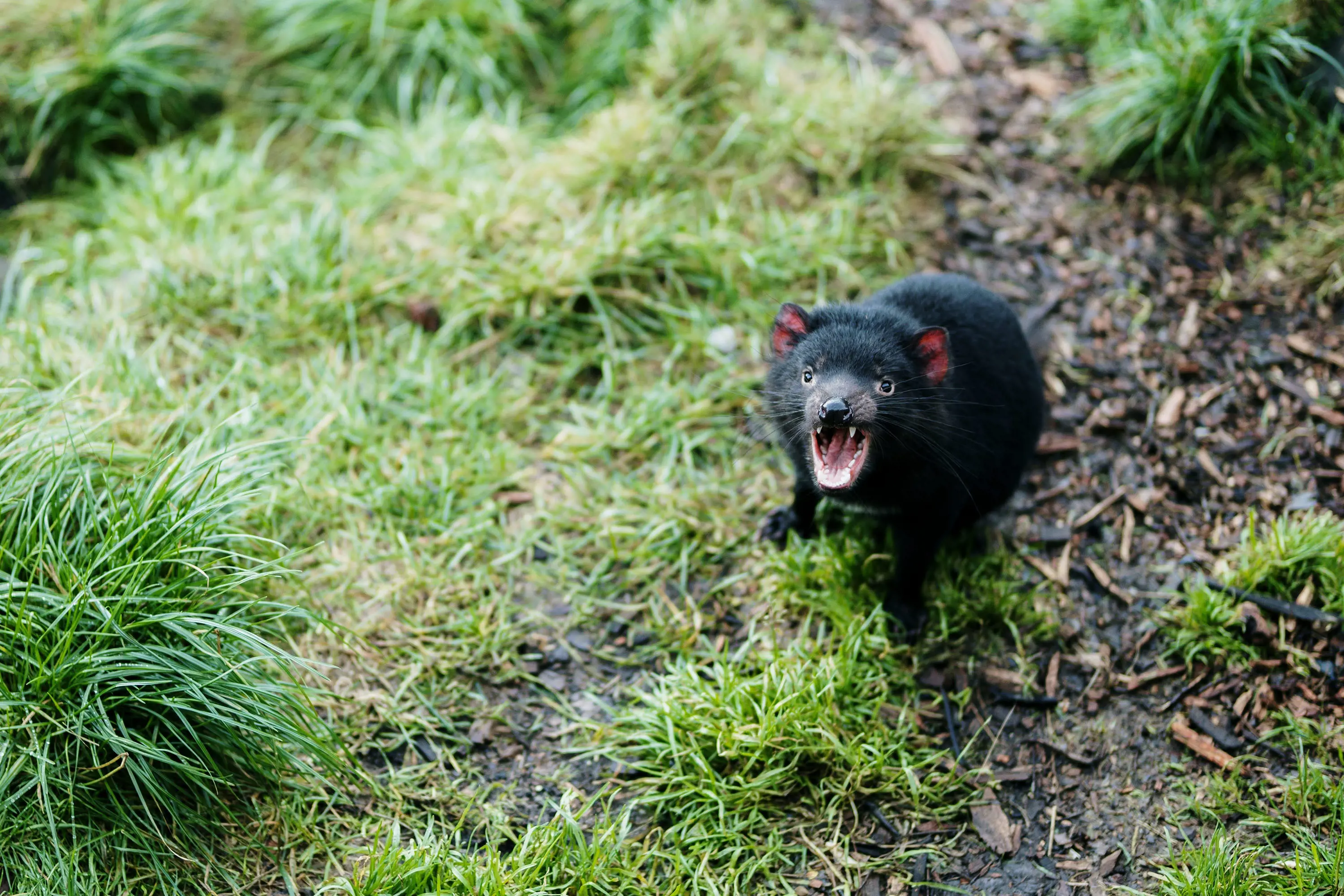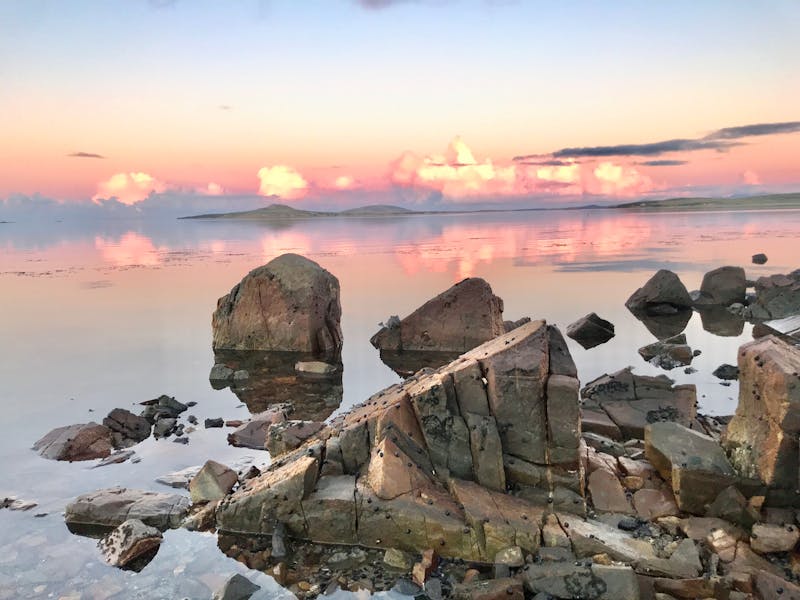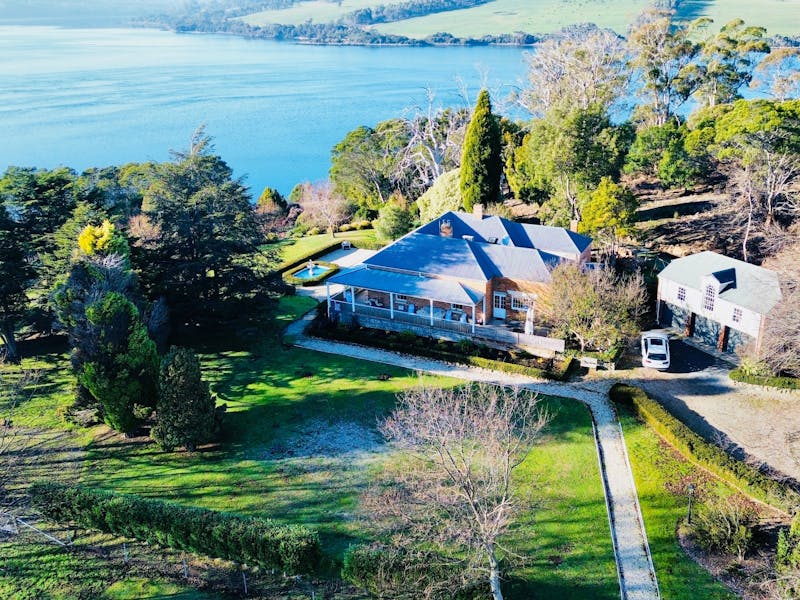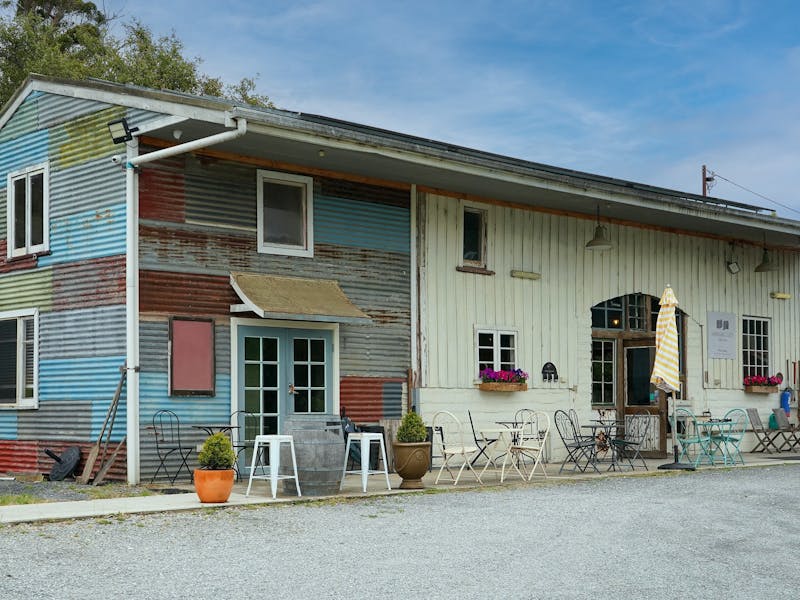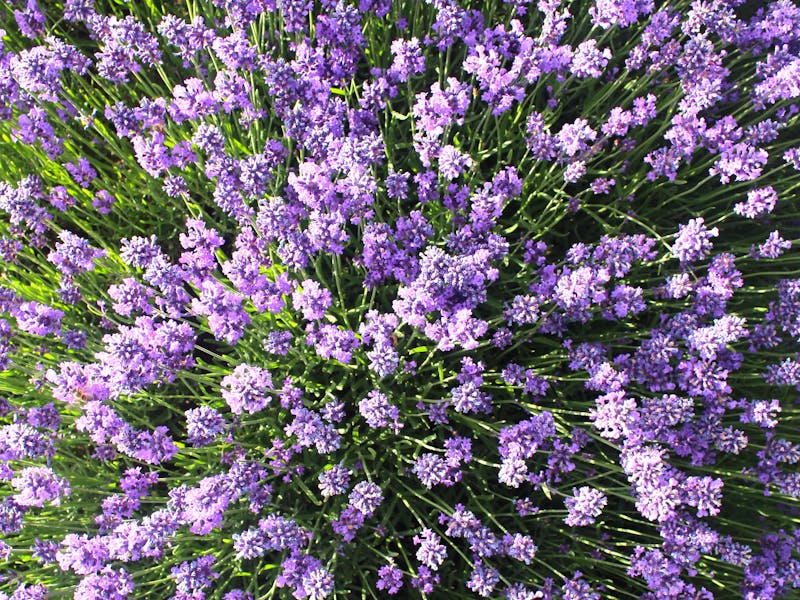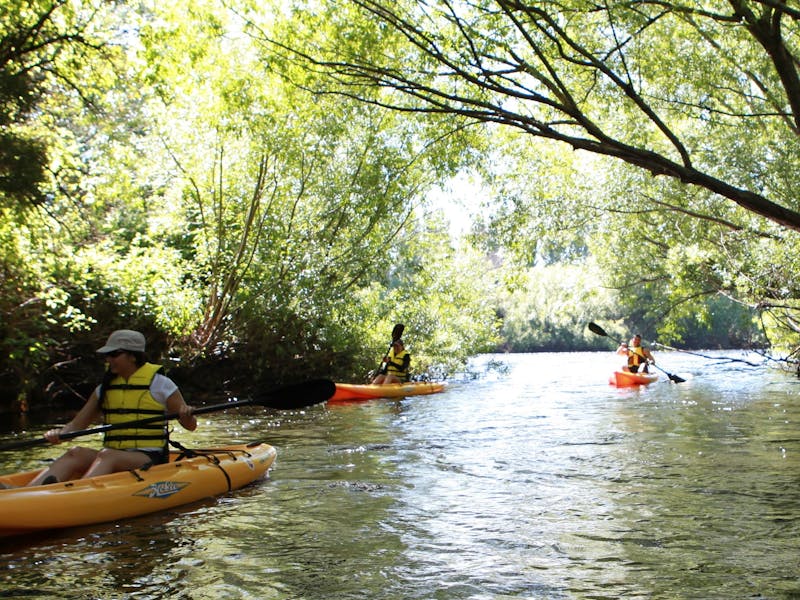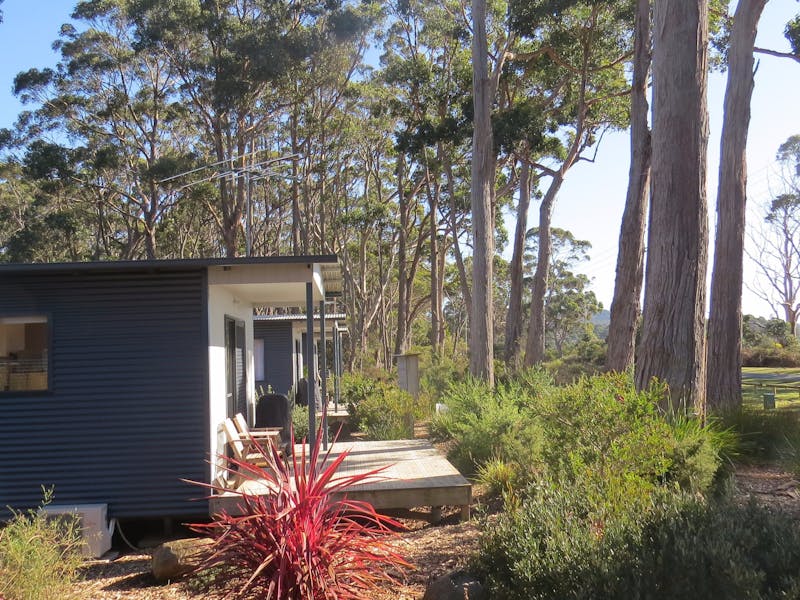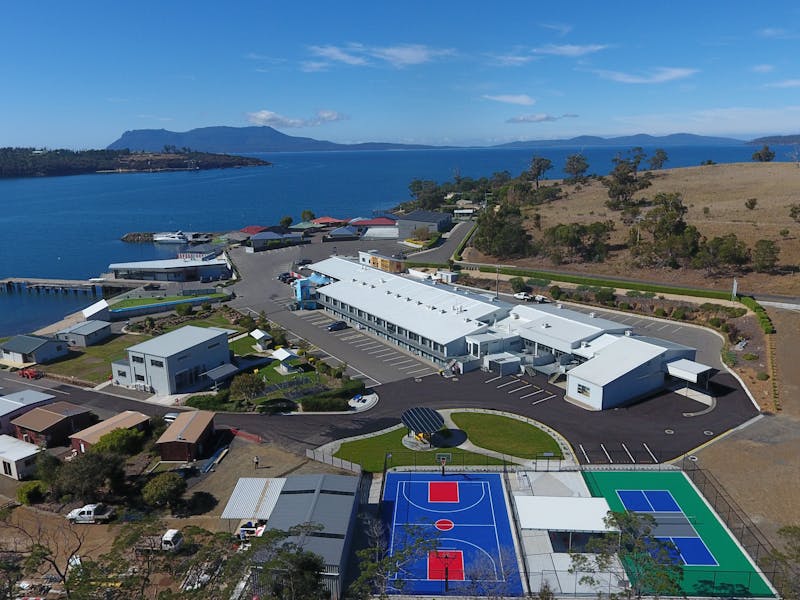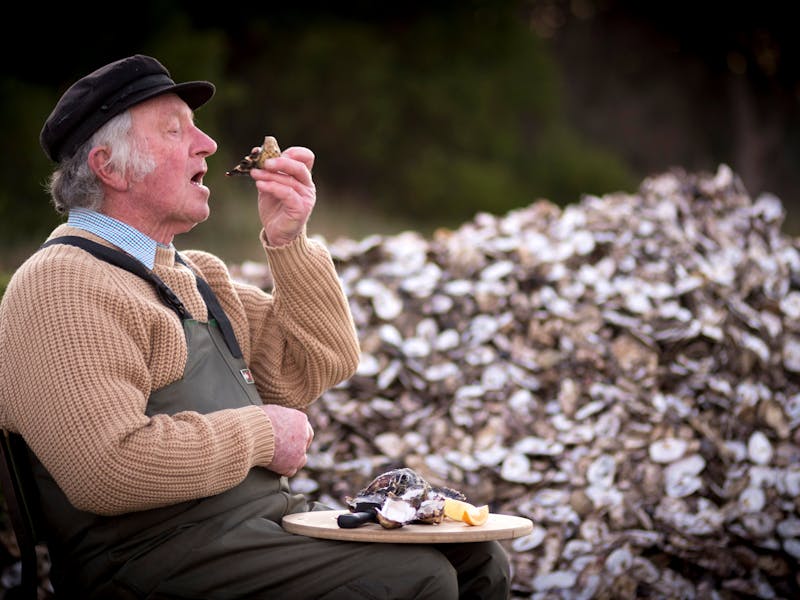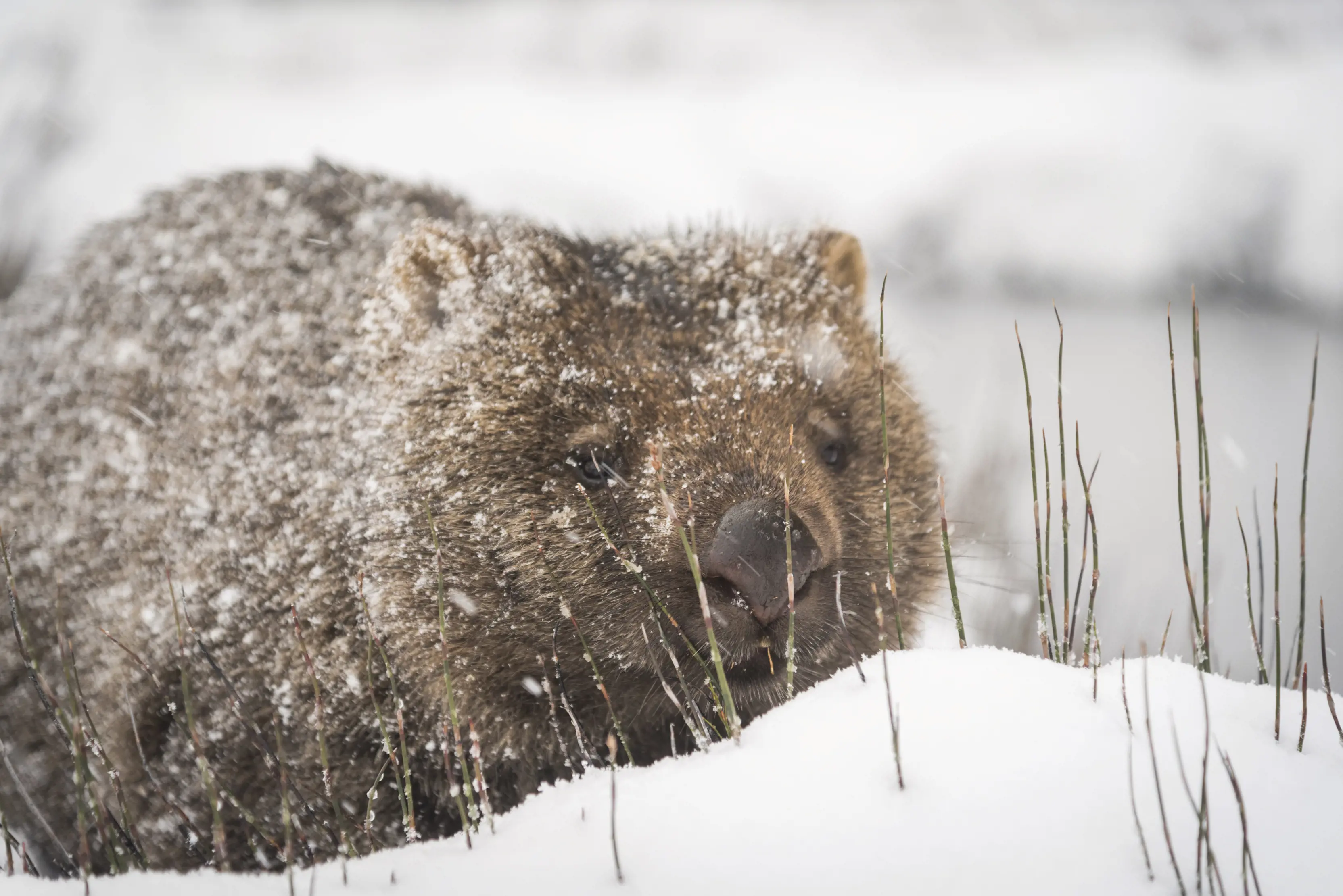
Puggles, platypuses and pademelons – the wildlife is a huge part of Tasmania’s appeal. Come and meet a few hairy Tasmanians.
Tasmanian devil
Devils are the Goths of the Australian animal world. Creatures of the night, jet-black with a dashing white slash on the chest, they’re the world’s largest marsupial carnivore. Hence their Latin name, Sarcophilus. Meat lover. To watch them feed is to witness a scene of mayhem, all hellish cries and destruction as whole animals are greedily devoured. Their big heads house powerful jaws so everything – fur, organs, even bone – goes down the devil hatch. Their favourite meal is the decaying flesh of a corpse; at a pinch they’ll take a sick or injured creature. Anything they don’t have to work too hard for. See also the devil’s carnivorous little cousins: the quoll, or native cat. The eastern quoll has dark or ginger hair while the tiger (aka spotted-tail) quoll has brownish fur, and both species are dappled with white polka dots.
Where to spot them

Tasmanian devil (Sarcophilus harrisii)
Wombat
The endemic Tasmanian wombat, found everywhere from the coast to the snowy alps, tends to be smaller and better insulated than mainland models but comes with the same cool accessories. Essentially they’re excavators in animal form, equipped with mighty burrowing claws and backwards-facing pouches to keep joeys dirt-free. They also have hard bum plates used to block burrow entrances against predators or, in emergencies, to crush said predators against burrow walls and kill them. Wombats can also sprint up to 40km/h and, if necessary, jump. So be warned: they’re not as docile as they look.
Where to spot them


Pademelon
The First Nations name pademelon is so much nicer than the scientific one, Thylogale. It means pouch weasel, which seems a rude way to refer to one of the cutest members of the kangaroo family. Smaller than a wallaby, with a stubbier tail and dense fur to weather harsh winters, the red-bellied or Tasmanian pademelon is found right across the island. It’s often spotted grazing grasslands on the edge of forests, where these shy creatures can quickly hide if feeling threatened. Also keep an eye out for Tasmania’s other macropods (large-footed hopping marsupials): the Forester kangaroo, Bennett’s (red-necked) wallaby, the eastern bettong and the long-nosed potoroo.
Where to spot them
Common across Tasmania, including Flinders Island.

Platypus
What a curious creature the platypus is. With a duck’s bill, a beaver’s tail and fur like an otter, it confounded the first Europeans who laid eyes on it in the 18th century. But this extraordinary species, immortalised on the 20-cent piece, has even more amazing features than meet the eye. Take, for instance, the male’s venomous ankle spurs, the ears located beneath the jaws and – most astonishing of all – their ability to glow under UV light. They’re also notoriously elusive, but you’ve got a better chance of seeing one in Tasmania than almost anywhere on the continent.
Where to spot them
- Warrawee Forest Reserve, Latrobe
- Platypus Walk, Geeveston
- Platypus House, Beauty Point
- Hobart Rivulet

Platypus (Ornithorhynchus anatinus)
Echidna
The short-beaked echidna, aka the spiny anteater, is a quill-pricked ball of fur with a beaky nose and a long, fast, sticky tongue to gobble up ants. While they look nothing alike, its closest relative is the platypus. They’re the only monotremes - egg-laying mammals - in Australia (another three species of long-beaked echidnas are found in Papua New Guinea). Other fun facts about these prickly wonders: the males have four-headed, spiky penises, but use only two at a time; they hibernate in winter; electrosensors help them detect prey; and, like their platypus kin, they’re accomplished swimmers.
Where to spot them
- Friendly Beaches
- Platypus House, Beauty Point
- Mount Field National Park
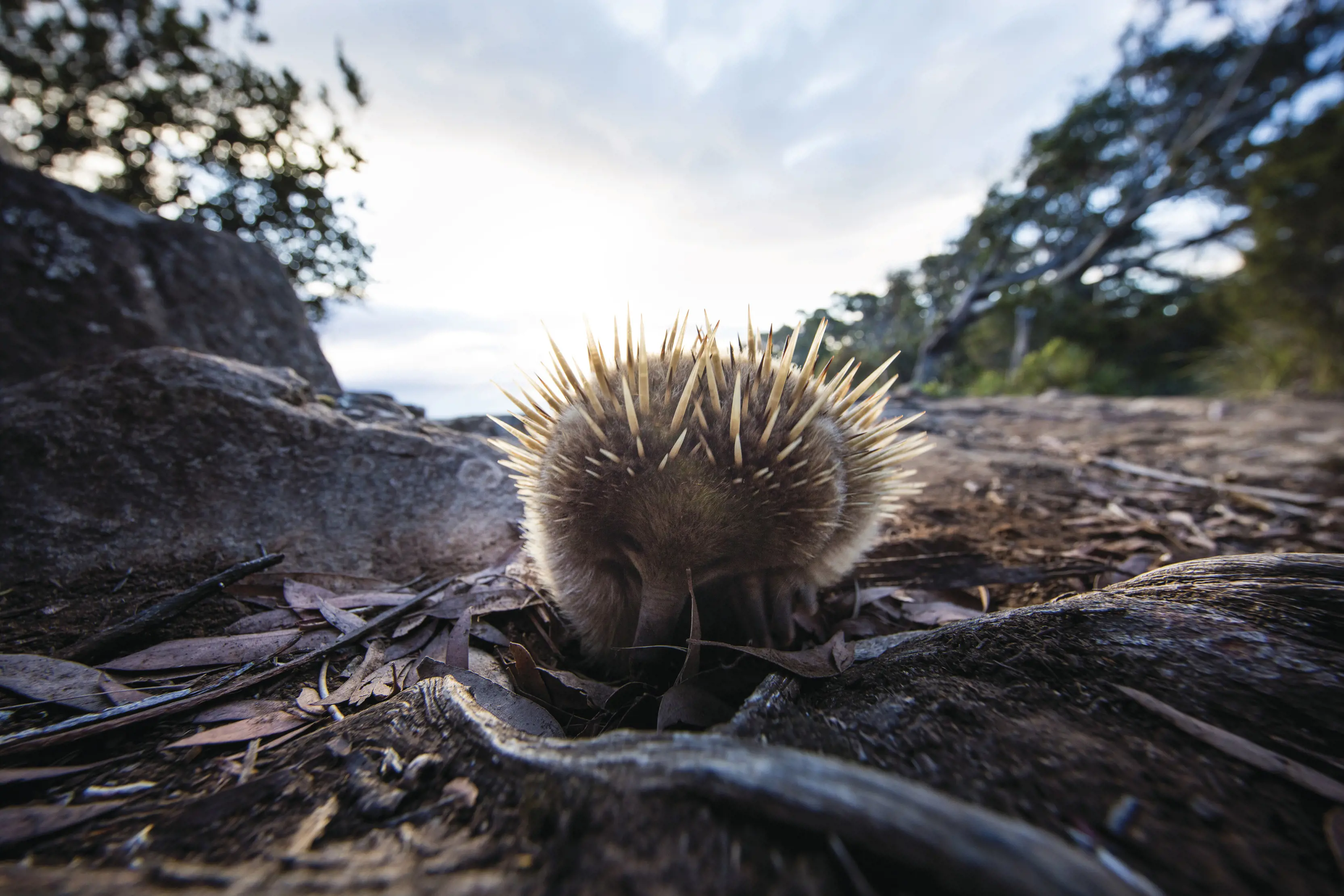
Little penguin
Little penguins are not unique to Tasmania but they are abundant here. The archipelago is home to Australia’s largest concentration of the planet’s smallest penguin, with an estimated 110,000–190,000 breeding pairs. These pocket-sized, blue-eyed birds stand barely 45cm tall and weigh only a kilogram or so, but they’re powerhouses of the Southern Ocean. They spend up to 18 hours a day at sea gorging on fish and squid before waddling ashore each evening – a ritual fondly known as the penguin parade – to retire to coastal burrows.
Where to spot them
- Bruny Island isthmus
- Devonport (Lillico Beach)
- Stanley
- Burnie
- Penguin, of course
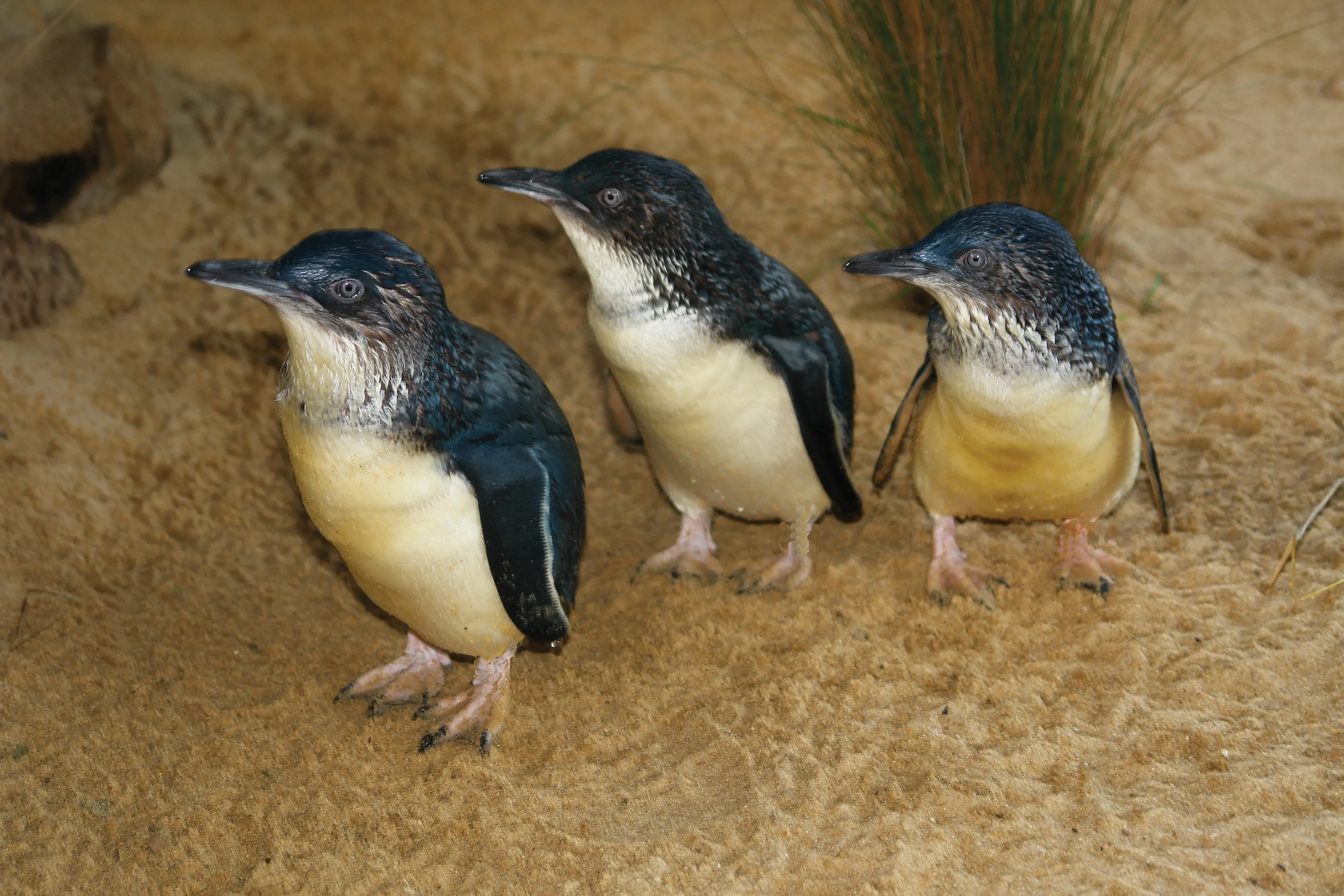
Little penguins (Eudyptula minor)
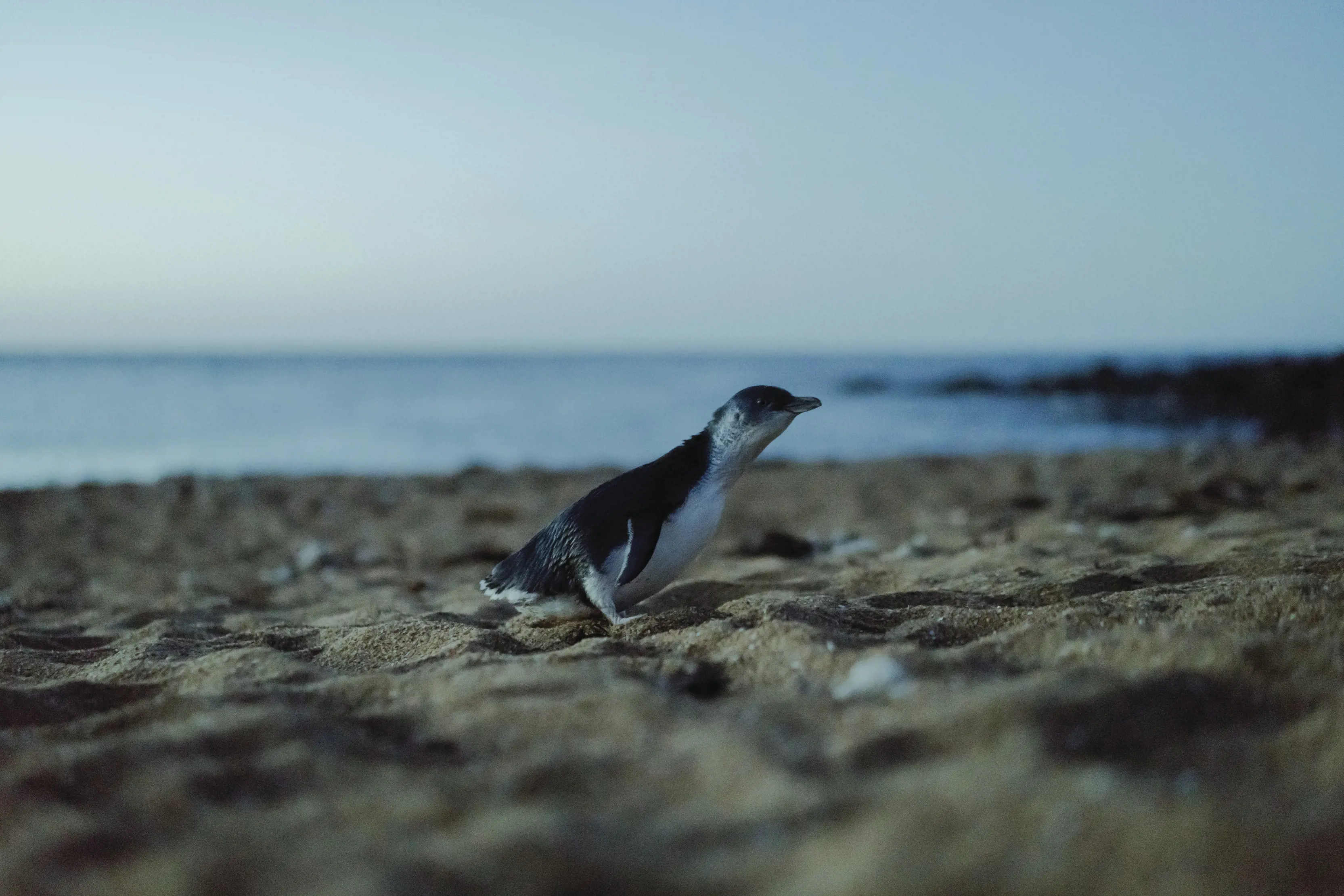
Little penguin (Eudyptula minor)
Giant freshwater crayfish
They’re endangered and very difficult to see but it’s definitely worth familiarising yourself with the giant freshwater crayfish because (a) it’s unique to Tasmania, (b) it’s the biggest crayfish – and invertebrate – in the world, and (c) if you do come across one, you won’t want to mess with it. Found in north coast rivers, these giants can be aggressive and have massive pincers large enough to grip an adult’s calf. So beware the big, angry cray if wandering near a low-lying river, a still, deep pool or a shady riverbank. (In any case, it's illegal to fish or collect this protected species.)
Where to spot them
- North coast rivers and waterways
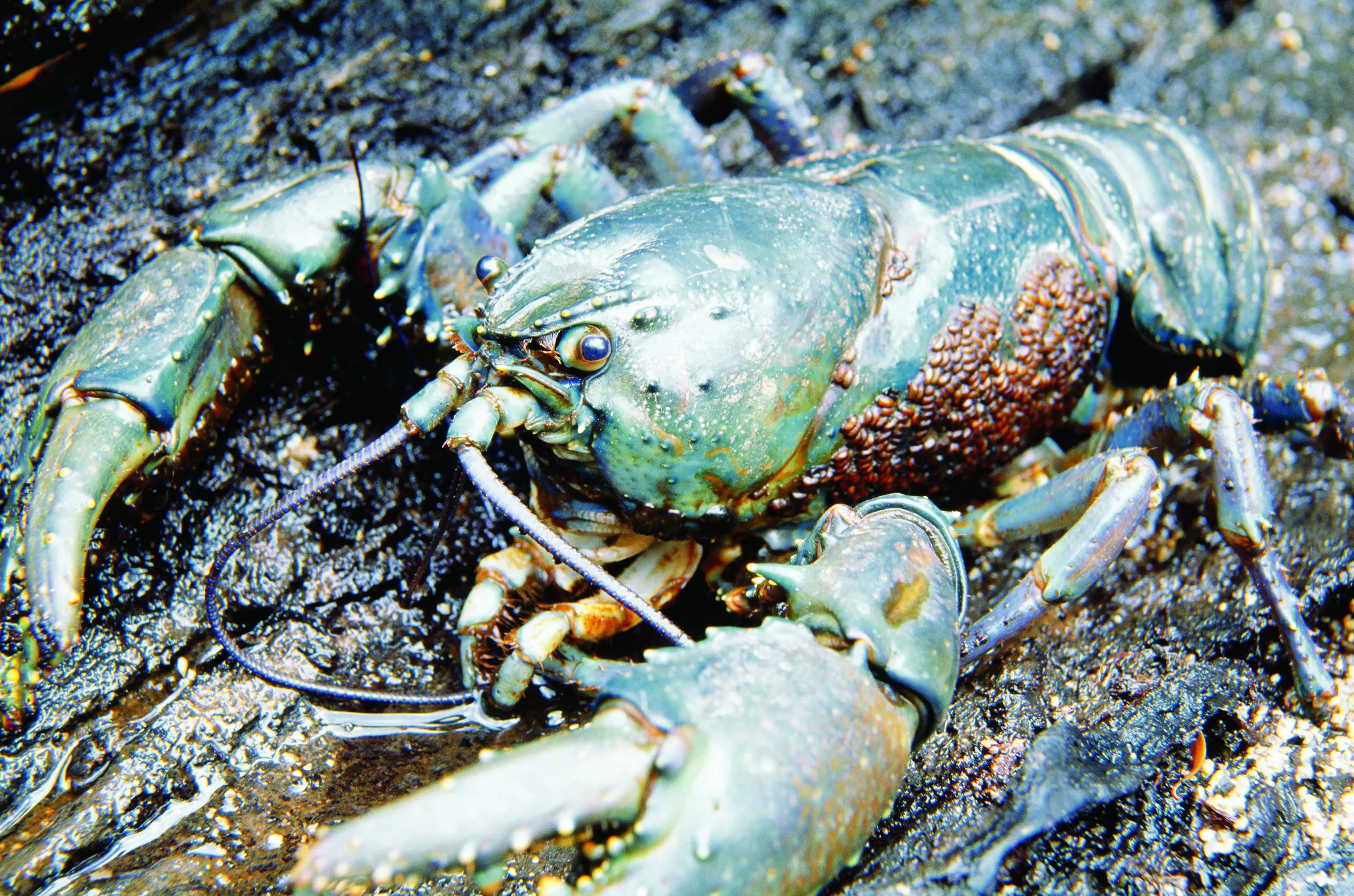
Cape Barren goose
This rather handsome goose was hunted almost to extinction in the 19th and 20th centuries before staging a remarkable comeback, most notably in Tasmania. The Cape Barren goose is a striking creature, its slate-grey plumage marked with large spots across the shoulders and black dots on the wing tips, accented by pink legs and a pastel-green upper beak. Though generally friendly, like all geese they can get stroppy. If one starts flapping its wings and grunting at you like a pig (they’re commonly known as pig geese), move well away.
Where to spot them
- Maria Island has a very healthy, vocal population of geese.
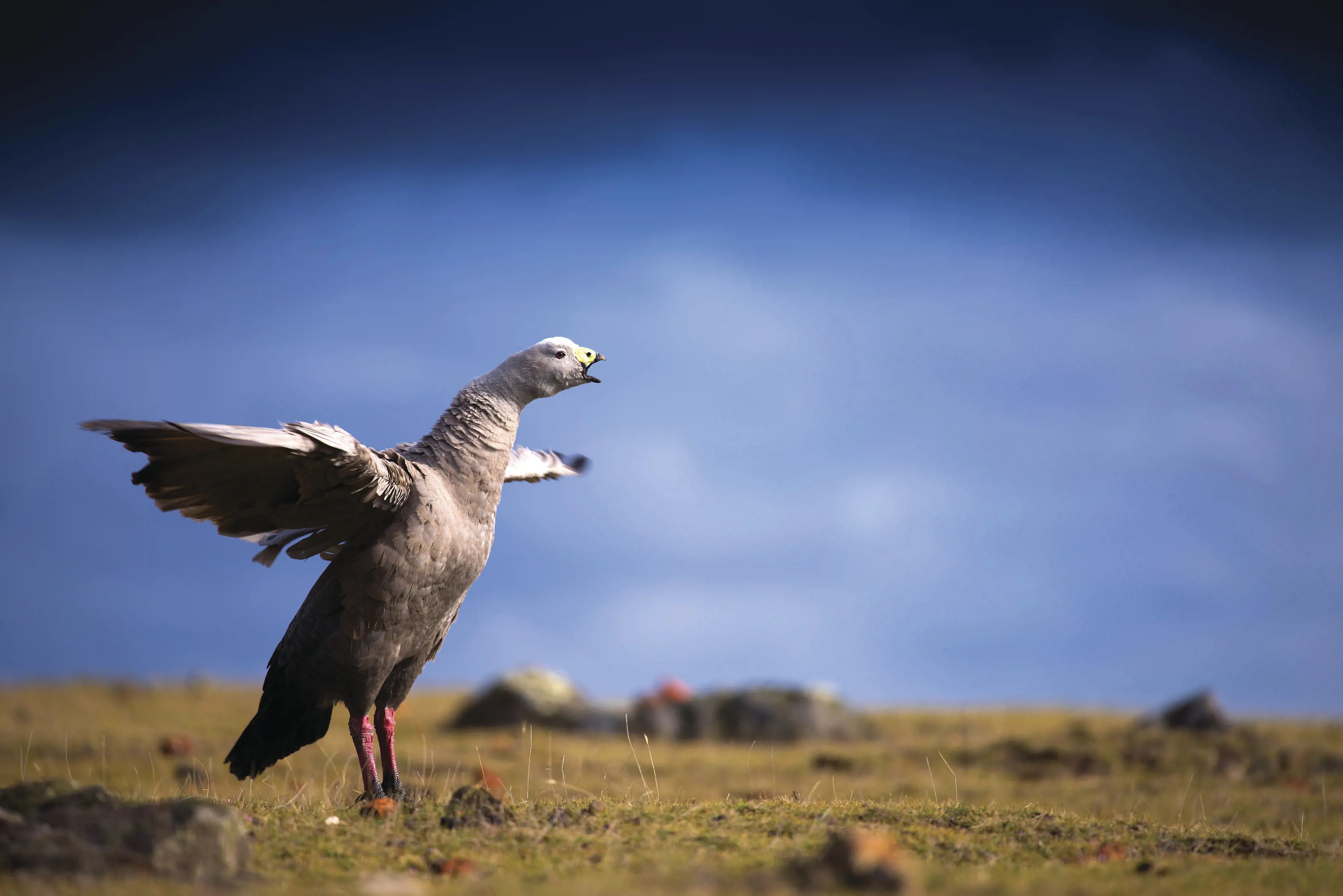
Handfish
Beauty, as they say, is in the eye of the beholder. And this fish is not everyone’s idea of beautiful, described most memorably by the Handfish Conservation Project as a toad that’s been dipped in bright paint. Besides the awkward-looking dorsal fin fused to its head and a second one ballooning down its back, the most striking feature of these fabulous fish is how they 'walk' along the sea floor on their pectoral and pelvic fins. There’s plenty of charm to be found among the 11 species of handfish that inhabit Tasmanian waters, from the gossamer fins and dappled flanks of the spotted handfish to the scarlet impertinence of the red handfish.
Where to spot them
- Seahorse World at Beauty Point has a captive breeding program for red handfish.
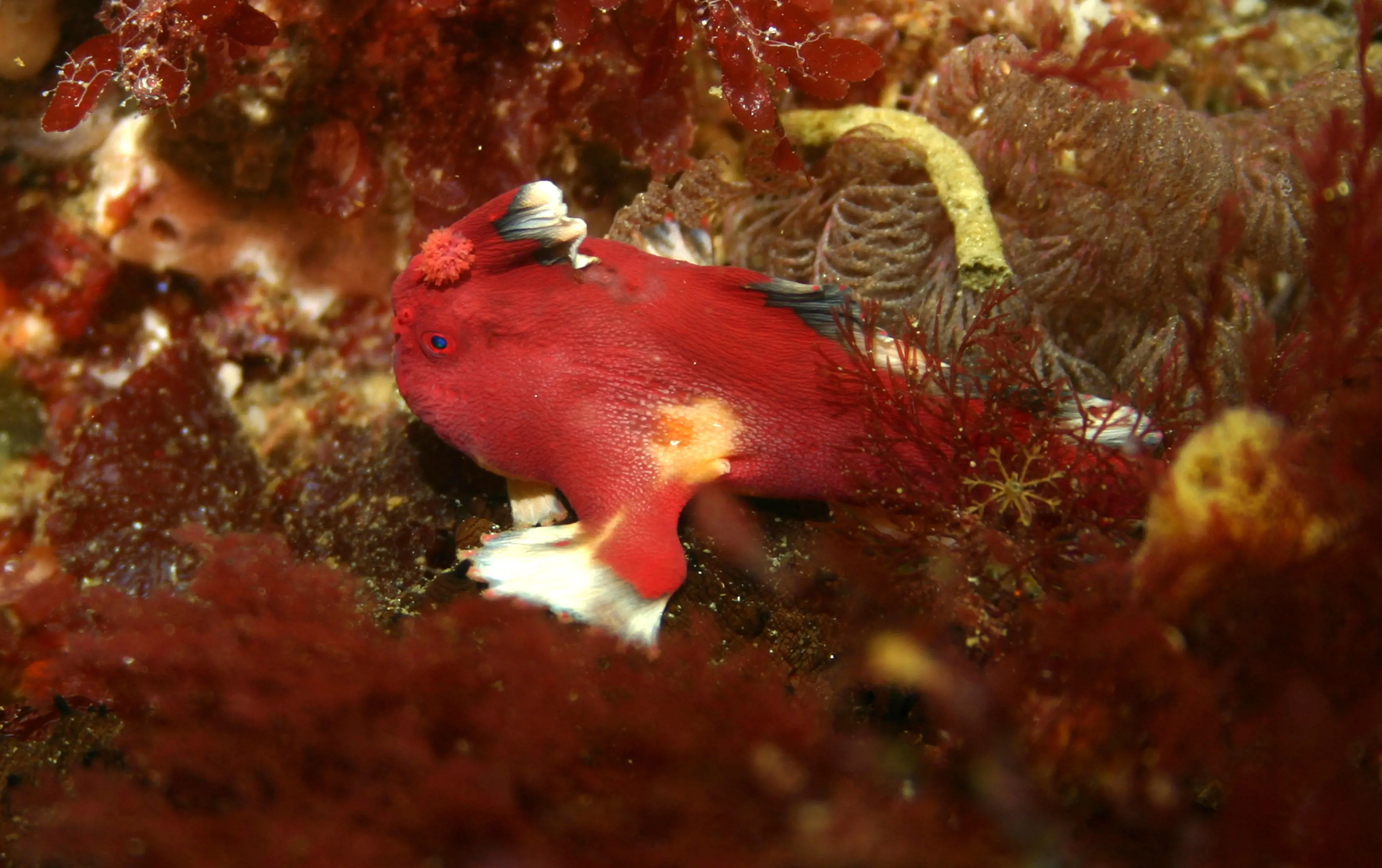
Red Handfish (Brachionichthys politus), Governor Island Marine Reserve
Forty-spotted pardalote
There’s something romantic but also a little tragic about the forty-spotted pardalote. Romantic because it is such a pretty, tiny bird – hardly 10cm long, with a greenish head and black wings tipped in white spots – and has such a cheerful chirp. Tragic because it is now one of Australia’s rarest birds. Its range is almost exclusively restricted to the white (manna) gum forests of Bruny and Maria islands, where it feasts on insects, nests in hollows and sings its bittersweet song.
Where to spot them
- Maria Island, and
- Bruny Island, which are home to 99% of the known population.
Caring for wildlife
One of the joys of visiting Tasmania's national parks and reserves is the chance to see wildlife in its natural habitat. Seeing a wild native animal is something special - unexpected and unpredictable.
By keeping a respectful distance from wildlife and resisting the temptation to feed animals, travellers can help ensure they continue to thrive and behave naturally in their habitat; see more details. Guidelines have been developed to help ensure the safety of penguins, whales, dolphins and seals.
Long stretches of road in Tasmania pass through wildlife habitat, so slow down - particularly when driving between dusk and dawn when many animals are at their most active. Learn more details about sharing the roads with wildlife.
If you find injured or orphaned wildlife, keep handling to a minimum, don’t provide food or drink, and phone the 24hr rescue service at Bonorong Wildlife Sanctuary for advice: 0447 264 625.
And be sure to take the Maria Island Pledge, which aims to keep the island’s abundant and remarkable wildlife wild.
